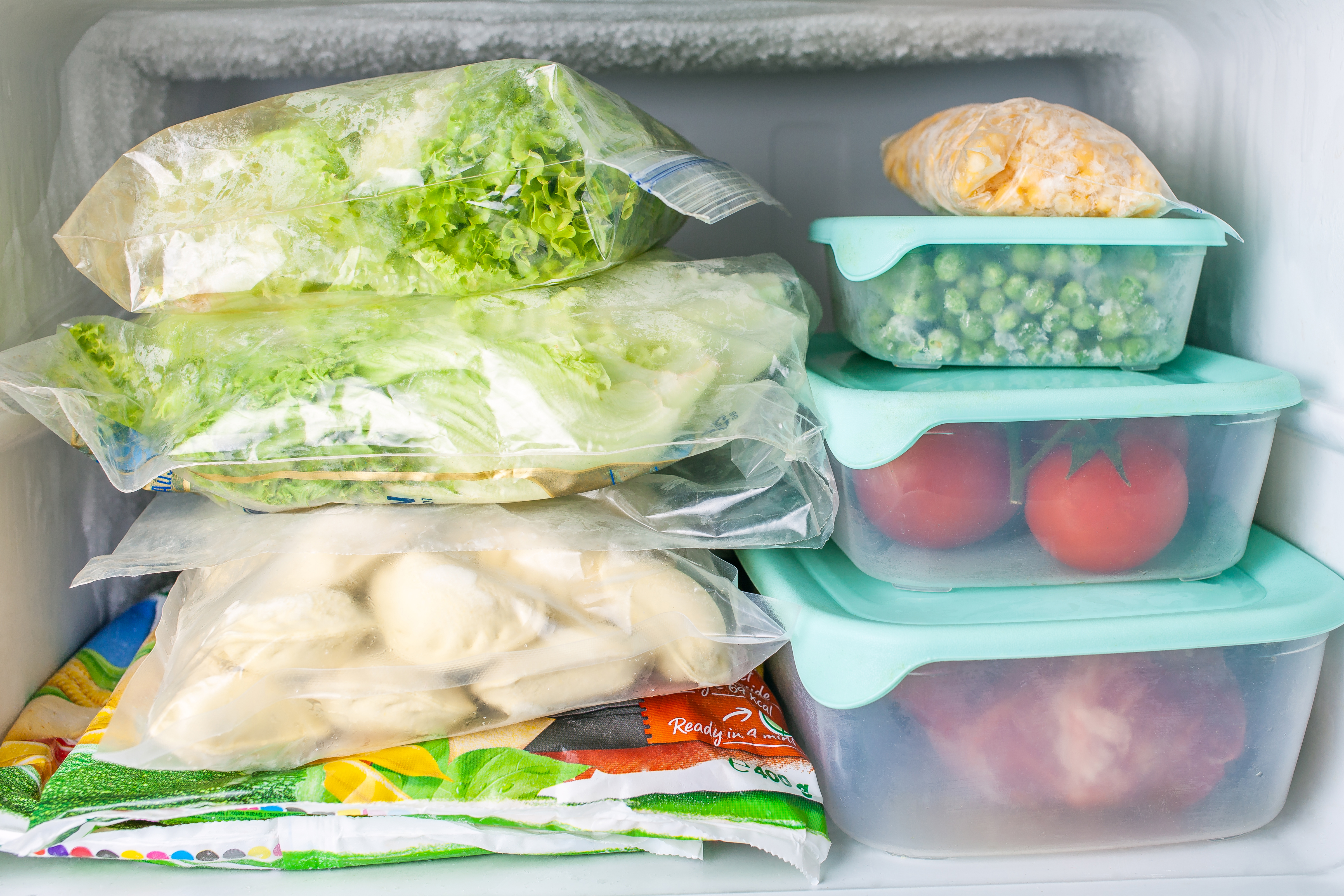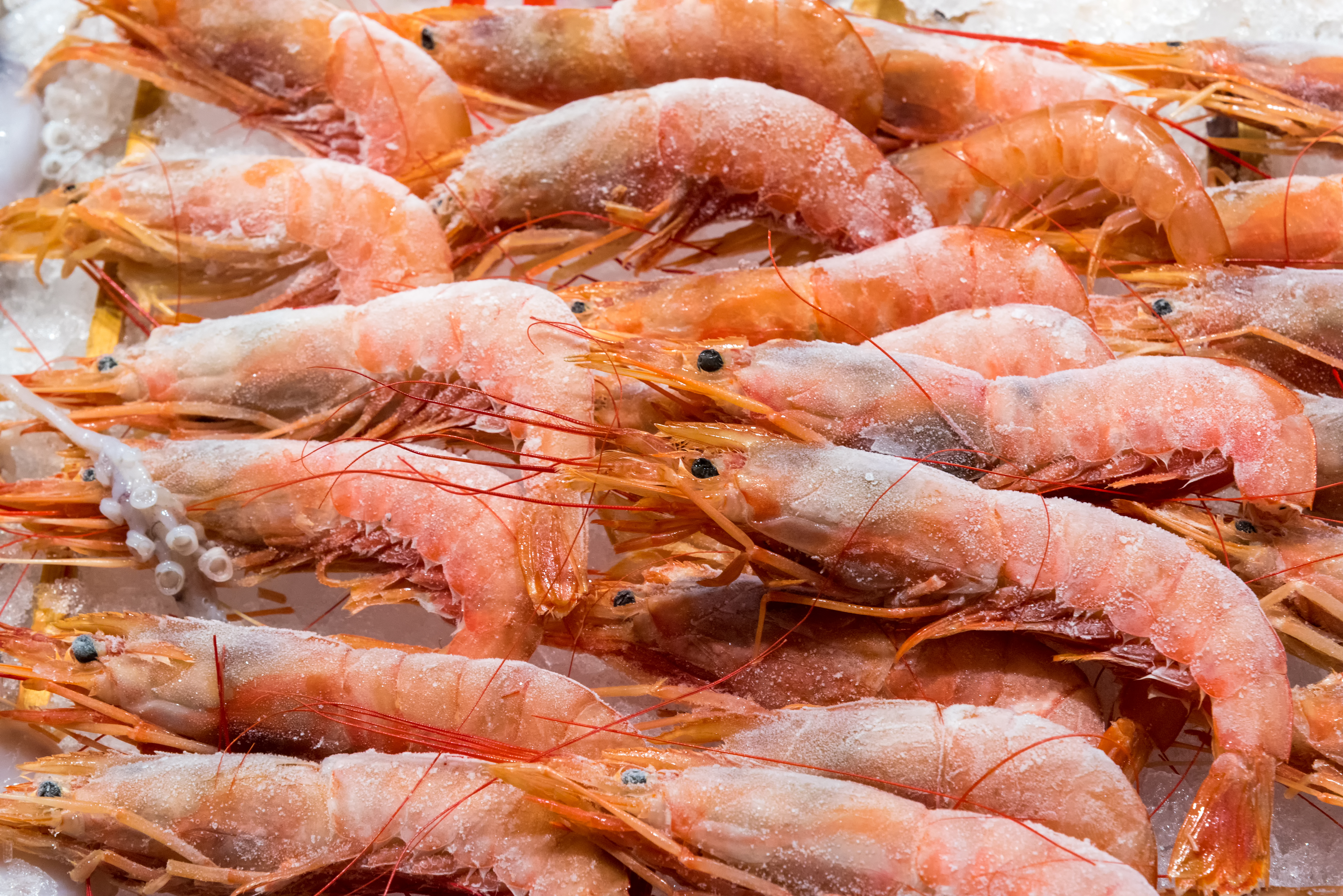10 Foods You Should NEVER Freeze (and 6 Surprising Ones You CAN!)
5. Meat and Poultry: Ensuring Quality Through Proper Freezing Techniques

Meat and poultry are staples in many households and freezing them can be a practical way to manage meal planning and reduce waste. However, improper freezing techniques can lead to freezer burn, affecting both flavor and texture. To prevent this, it's crucial to remove as much air as possible from packaging before freezing. Vacuum sealing is an excellent method for preserving meat quality. Additionally, labeling packages with the date helps in keeping track of storage time, ensuring that meats are consumed while still at their peak quality. Proper freezing techniques can make a significant difference in the taste and safety of your meals.
6. Seafood Sensibilities: The Do’s and Don’ts of Freezing Fish and Shellfish

Seafood is highly perishable, making freezing an attractive option for extending its shelf life. However, not all seafood freezes equally well. Fatty fish like salmon can become rancid if not frozen quickly, while lean fish like cod fare better. Shellfish, such as shrimp and scallops, can be frozen successfully if properly prepared. It's important to use airtight containers or vacuum sealing to prevent freezer burn and maintain flavor. Thawing seafood slowly in the refrigerator can also help preserve its texture. By understanding the nuances of freezing seafood, you can enjoy the rich flavors of the ocean at any time.
